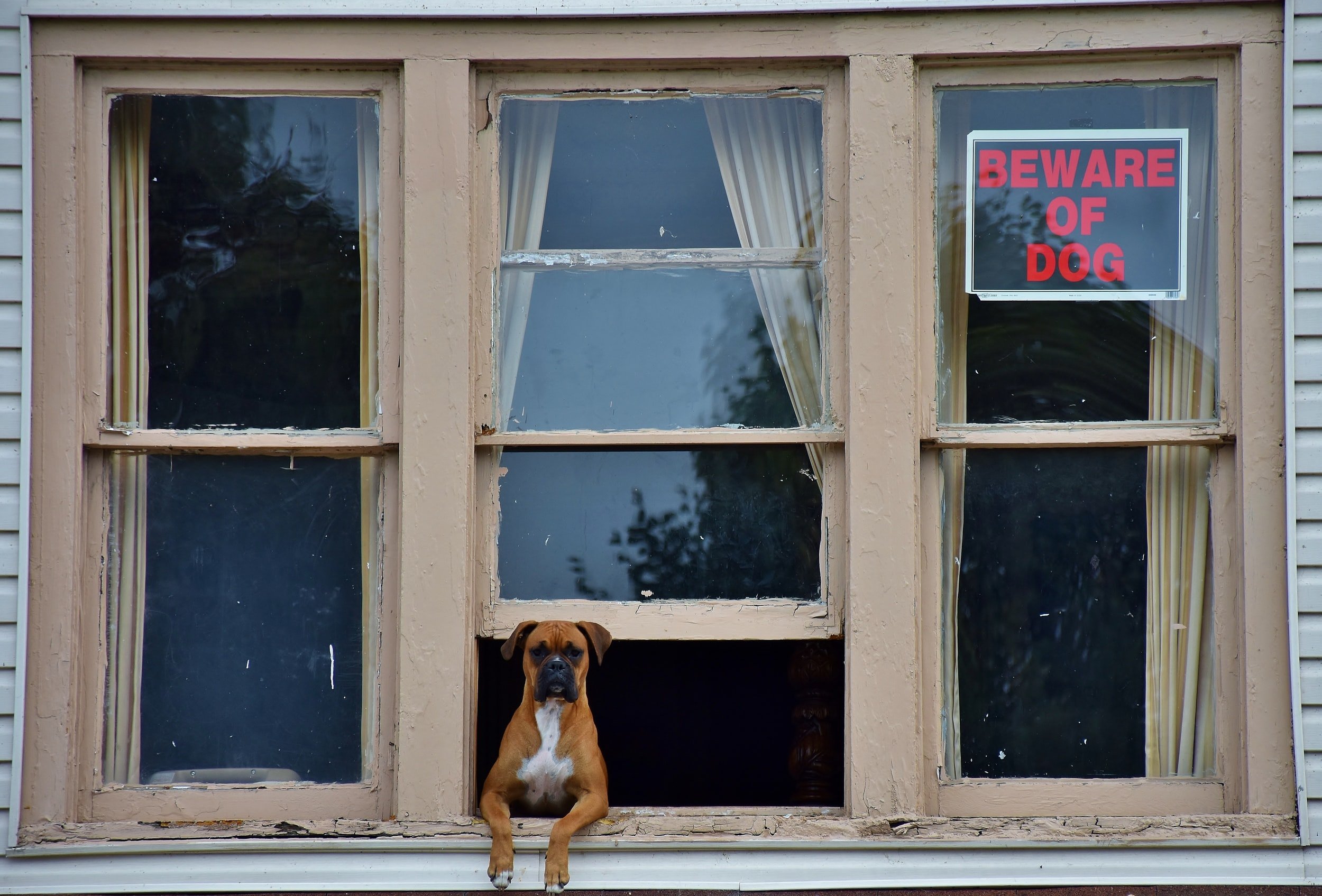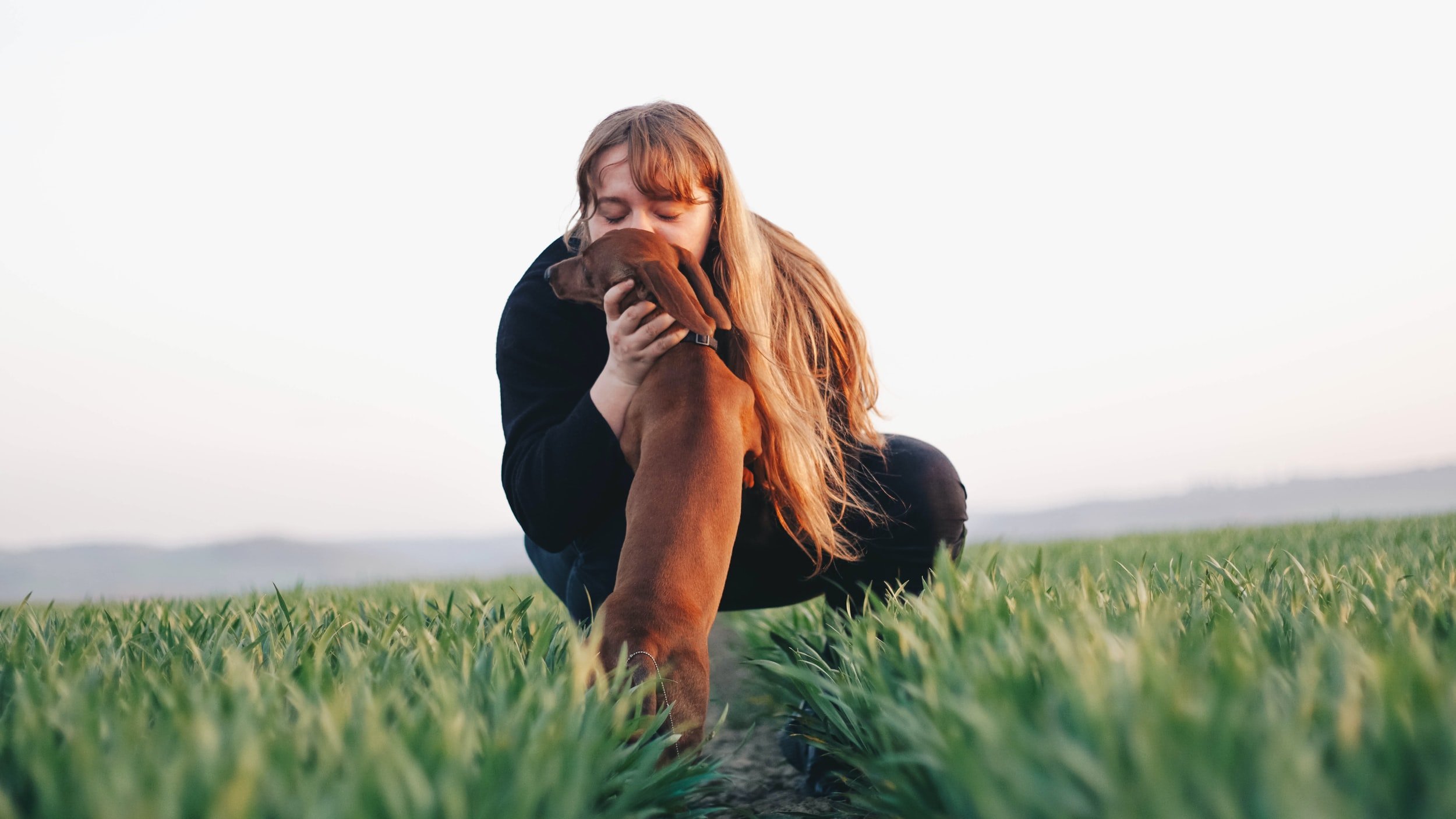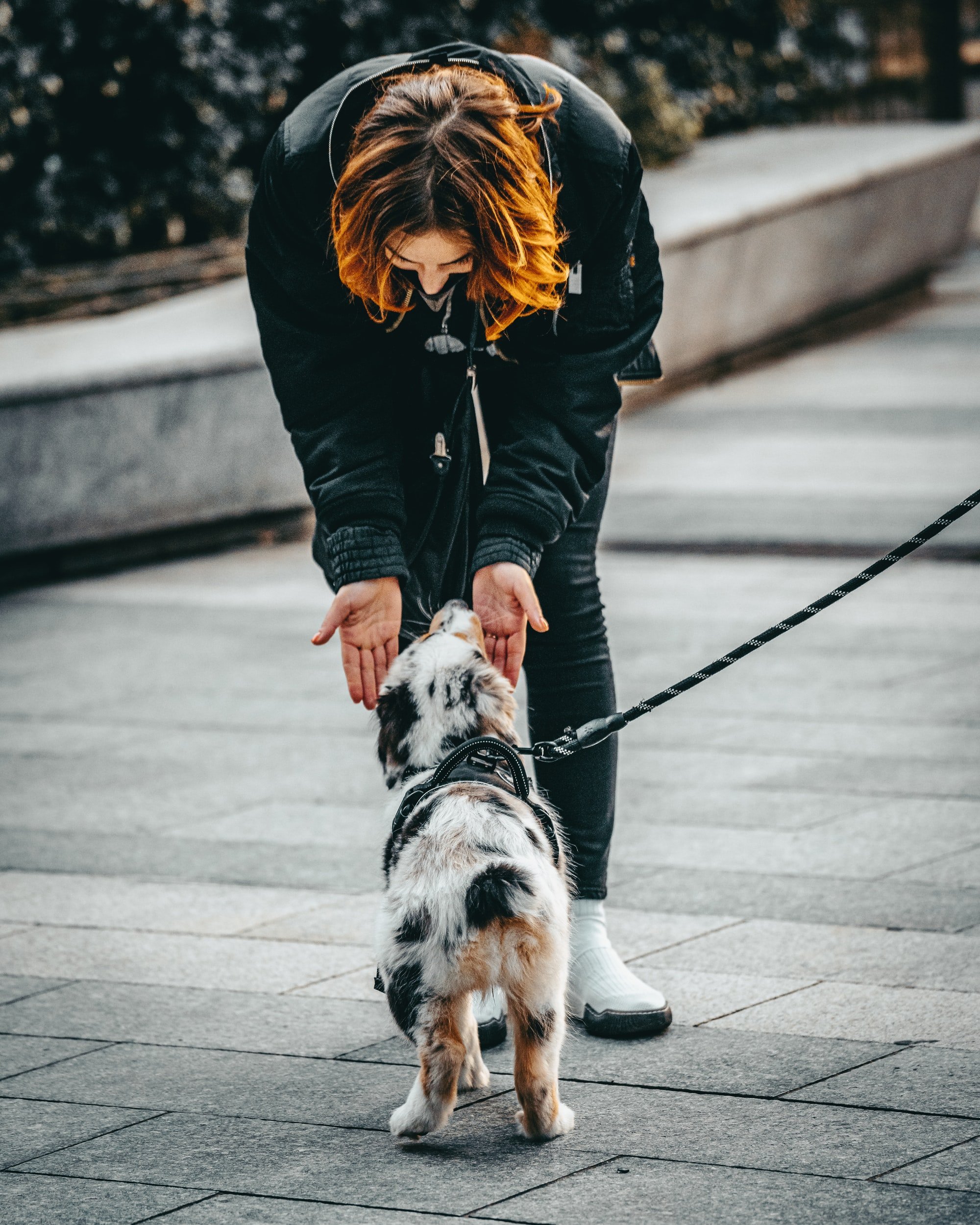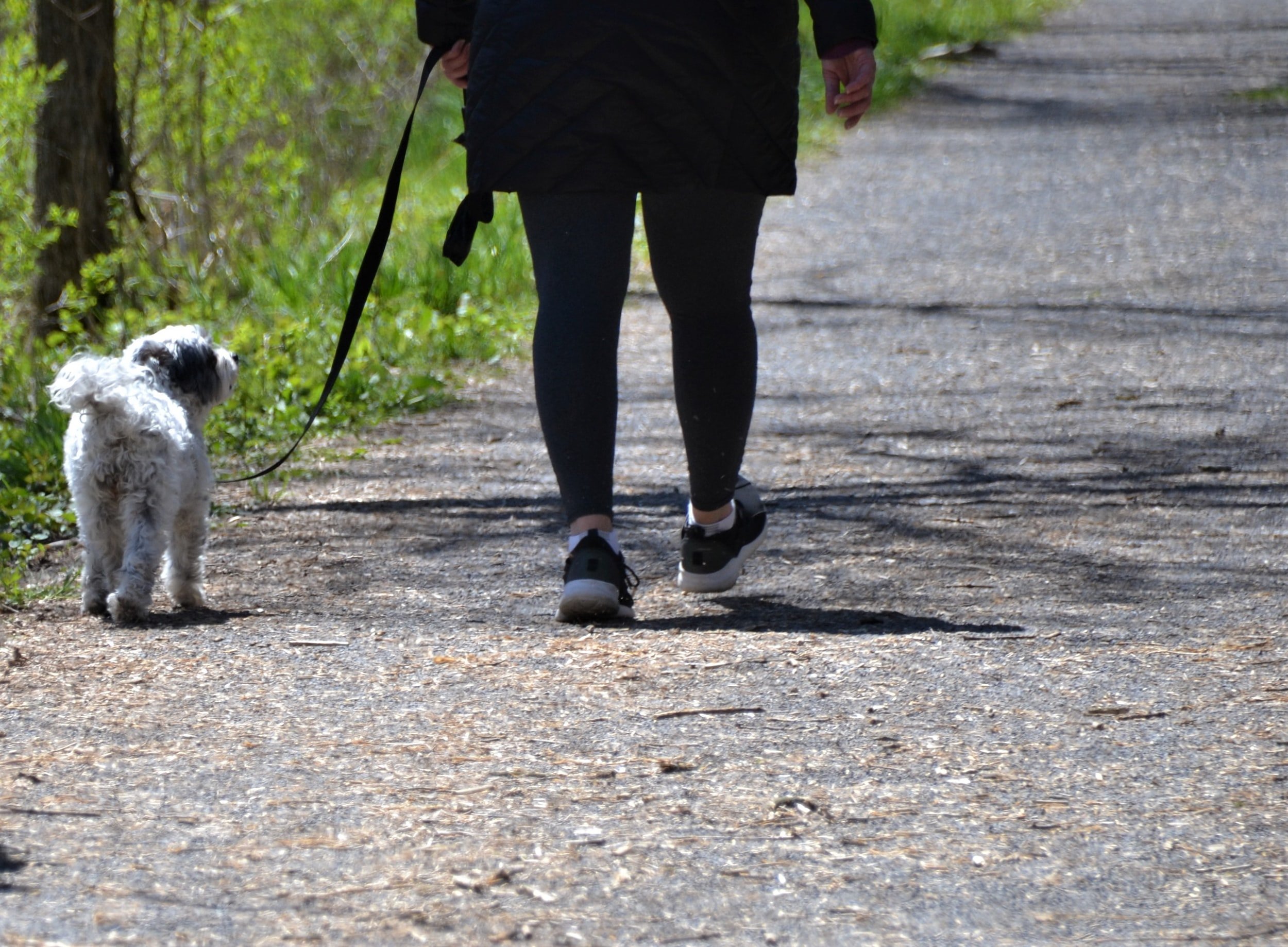Let’s let some things go today (Photo: woman dancing in the sunset with her arms spread wide)
“As a single footstep will not make a path on the earth, so a single thought will not make a pathway in the mind. To make a deep physical path, we walk again and again. To make a deep mental path, we must think over and over the kind of thoughts we wish to dominate our lives.” —Henry David Thoreau
We dog leaders need lots of practice. Not only must we do physical practice and repetitions with our dogs (the homework we provide you with,) we must also create positive mental grooves.
To do this, we must first stop reliving our worst moments.
Hands up if you constantly relive your worst dog walks? The ones where your dog lunged at a child or a senior citizen, or bit another dog?
Right now, these thoughts are dominating our lives. They are keeping us stuck. These thoughts we have right before our walk are setting ourselves and our dogs up for failure before we even pick up the leash.
Thoughts like: “Here we go again,” and “She obviously doesn’t trust me since she runs away from me when I pick up her harness,” are preventing us from moving forward.
Even saying things like: “Who are you going to lunge at today?” aren’t setting you or your dog up for success.
We have to let these thoughts go.
This week’s blog post is dedicated to helping dog leaders let things go.
This week, we’re letting things go (Photo: child blowing a dandelion)
Humans are the only species on the planet that continue to punish ourselves over and over and over again for the same mistake. Other species touch the cactus, learn, and move on. Humans relive this over and over. Retell the story again and again. Call themselves foolish, let the people we tell the story to call us foolish. And then we believe this! It becomes our reality.
Today, we are letting go.
Think of that one crappy story with your dog. Feel the frown lines it caused you just now? Now, what did you learn from that experience?
Perhaps you learned that your dog doesn’t like rude greetings from strange dogs when she’s on the leash. Maybe you learned that it’s okay to say “No, you can’t pet my dog,” because your dog doesn’t like being pet by strangers.
Maybe you learned that you need to work on recall more using a longline, since your dog keeps chasing and jumping on bikes, joggers, wildlife, etc.
Be proud that you learned something new and now, let that memory dissipate into the past where it belongs. It’s history. Only a drop in the bucket of your life experiences. A drop! It isn’t serving your mental health to keep it. So let’s let go of it together.
I’d love to say delete it, but since we learned and grew from it, it can’t really be deleted. However, we can allow ourselves to smile and move on. To look ahead. Maybe you’ve just scheduled sessions with us. That’s a step to creating a new path. Once you have your assessment, you’ll get hands-on homework so that you can begin creating your new path forward with your dog. Dogs learns through repetition. The more you practice, the better a team you will become.
Let’s pause and breathe a moment right now in the present. It feels good to be here.
So stay awhile. Take more deep breaths. You need this.
We’re always rushing toward the next moment, whether it’s driving the kids to activities, rushing back to work after a quick meal (that we ate standing up,) or hurrying to the supermarket so we can hopefully squeeze in time for a quick workout.
It’s safe to slow down here.
It’s okay to slow down and simply breathe (Photo: turquoise lake with mountains and trees)
It’s safe to use this new and positive experience with your dog as a healing moment for yourself.
Take some time and just be.
It’s time to pause and breathe.
To plan.
To get excited about making new grooves. New positive mental pathways. New physical pathways.
Thoreau says: “To make a deep mental path, we must think over and over the kind of thoughts we wish to dominate our lives.”
I challenge you to think these positive thoughts before your dog walks — before you even pick up the leash.
Imagine a calm leash up. Imagine a calm exit out your front door. Picture the walk going well. Envision arriving home afterward and maintaining the calm vibe you’ve created.
You can do it!
Just as athletes envision their moves before their event or game, dog leaders can set themselves up for successful walks.
Breathe.
Let things go.
Make space for new positive outcomes on your walks.
Tell us your stories in the comments. We would love to hear what you’re letting go of!
Thanks for including us in your journey to wellness.
Have a wonderful weekend, Dog Leaders!
Alyssa
Photos by: Darius Bashar @dariusbashar (woman dancing in the sunset with her arms spread wide,) Ivan Dostál
@ivan_dostal (child blowing a dandelion,) Daniel Jacob
@dnljcb (turquoise lake with mountains and trees)






















































